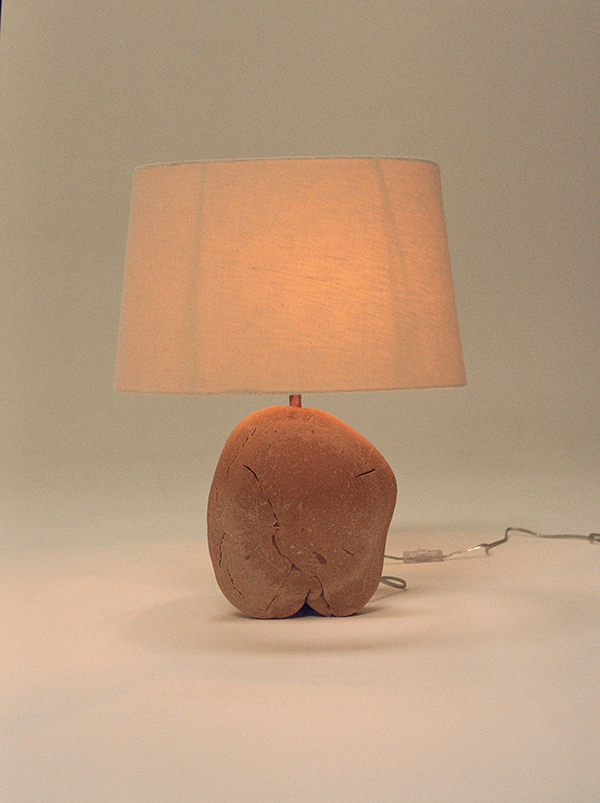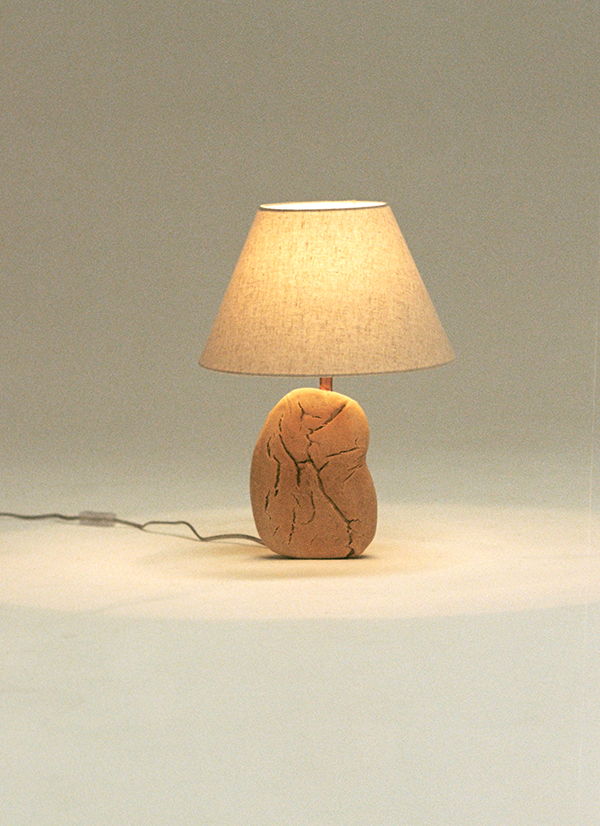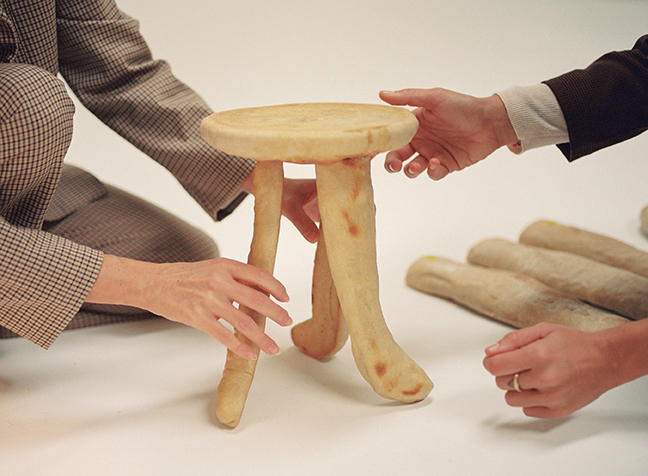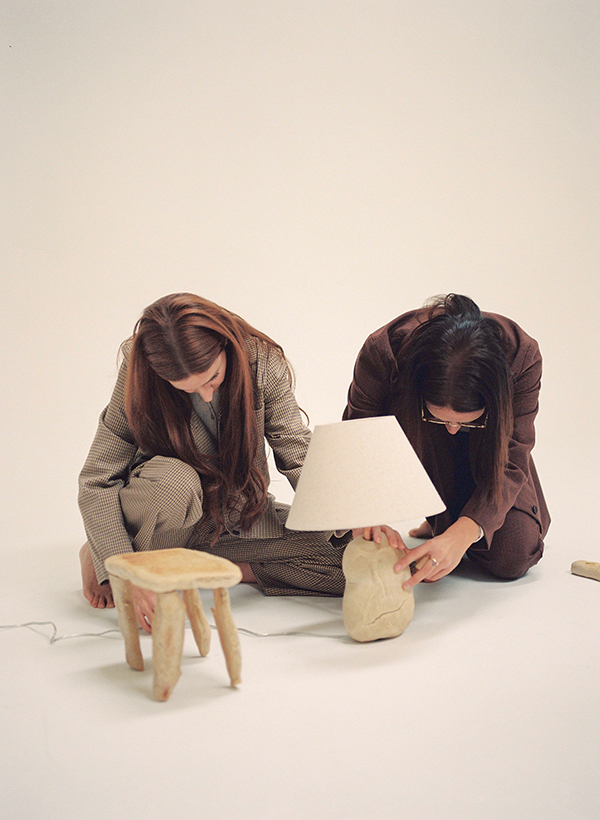
From another point of view
Oui are Pain
Oui are Pain.
Nerea y Elena.
@ouiarepain
If you’ve ever thought to look up the definition of the word ‘bread’, most of the entries you’ll find are merely descriptive and few speak of the ability of this food to convey.
Nerea and Elena’s project has a lot to do with this. They take this seemingly simple dough of flour
and water that’s baked to the next level. The outcome? A new aesthetic language where this living element takes centre stage.
Their story is quite interesting. Just as it did with many others, the pandemic brought them together – in their case, through bread.
Neither of them had any background related to baking or pastry arts, but this new museum-like approach to bread brought them together,
hopefully for a long time.
We had a chat with them about their plans for @ouiarepain.
Us
explain that they are currently in a moment of development and theorizing about the work and
your process. A work that is ephemeral, limited by the short life of the material with which
they work, which surprises them in each piece by transforming during its cooking and with its
own organic deterioration.
They explained that they’re currently developing and theorising about their work and its process.
It’s fleeting, constrained by the short life span of the material used, with every piece surprising them as it transforms during baking and as it naturally deteriorates.
You can visit their IG account @ouiarepain to see what we’re talking about. You’ll definitely be fascinated from the get-go as it’s most certainly one-of-a-kind.

NT — What are your sources of inspiration or who or what discipline inspires or gets your creative juices flowing?
Elena — For this project, we’ve taken inspiration from decontextualised images of interiors, furniture, sculpture, crafts, installation artworks and textures or our own hacks to make artisan bread to create the pieces, but this has all been very organic. Since the first batch of designs that we baked, I’d say that PAIN’s look has prevailed over the items themselves. I would say that image defines the project in the same way it has also defined our professional careers. Although our overall look is quite minimalist, the way we create the sets, the colour palette and the photography treatment take our work to the next level, which is why they’re just as important or even more important than the pieces themselves.
NT —How do you juggle your professional careers with PAIN?
Nerea - We make time to continue developing. The truth is, the minutiae of our day jobs take up a lot of our time. I think that from the very beginning, Pain has been a slow-moving project that has been very fulfilling. All the feedback we receive is what motivates us to keep creating pieces. We feel that Pain pulls us in more than we have to make an effort to find time for Pain.

NT — First of all, how did PAIN (@ouiarepain) come about?
Nerea — I met Elena just before the pandemic through common friends. We went into lockdown almost immediately after and talking brought us together. During that time stuck at home, we were all looking for things to create and to keep ourselves busy; it prompted a surge in bread baking and we also jumped on the bandwagon. We would send each other photos of the loaves of bread we’d made ourselves and it didn’t take long for ideas to take shape. Instagram is amazing for expanding on and finding ideas and we began sharing things that inspired us. As soon as we were able to go out and about, we met up to start creating pieces with bread, to see if we could actually do what we’d been talking about and sharing. It also helped us get to know each other better. We started researching how to work with bread and how to create and reproduce designs. I remember how exciting it was to create our first pieces, and the truth is, bread is truly incredible – it makes anything really special.



NT — We absolutely love the replica of the Noguchi table. Have you thought about creating more replicas of iconic pieces of furniture?
Elena — One of the very first pieces we baked in the first batch was a chair inspired by the Thonet 18 chair by Michael Thonet, a 19th-century design that’s familiar and easily recognisable. It wasn’t long after that we decided to create the replica of the Noguchi because for me, it was essential to emphasise the fact that the project had more to do with art and design rather than cooking or crafts. So, yes, it’s likely you’ll see more pieces.
NT — Bread is a seemingly common and easy material while being extremely hard to work with as there’s an essentially technical component to the whole process. How’s your research on it coming along?
Nerea — It’s been a learning experience so far. Neither of us has worked with bread before or has full knowledge of how it works. We take note of what we usually do with each piece and we see what works and what doesn’t. We compare different types of flour, mixtures, including edible dyes, cooking times, etc. There are so many factors that affect dough and I think this is why one of the most interesting things about this project is the fact that there’s just so much to explore and create.
NT — Where would you like the project to go?
Nerea — I’d love to have more room and time to study bread more thoroughly. We’ve been doing things through trial and error so far. A workroom would be perfect to improve our techniques. I think it’d be really cool to make progress in terms of our processes.
Elena - I see an artist’s workroom as the perfect place not only to continue experimenting with dough and testing the limits and characteristics of the material but also to design and put together a more complex installation artwork. The Pain universe has already been defined but the next step would be to develop a project that could be placed in a museum context which has a more specific narrative.


NT — And to wrap it up, some key information:
• A book:
Nerea - I’m not much of a reader, but I really loved Tokio Blues by Murakami.
Elena - I’ve currently got an anthology of feminist poetry from 1969–1979 whose title is One Foot on the Mountain on my bedside table.
As this one is out of print, I’m going to do a bit of product placement and recommend my first book, El Diablo es una mujer, which
I published in November last year, hehehe.
• A movie:
Nerea - I recently watched Fire Of Love, a documentary about two vulcanologists. It’s far from being my favourite film but I thought
it was the most visually stunning film I’ve seen in a long time. The analogue images recorded by them are breathtaking. It’s a very
special and really moving story.
Elena - It’s an architecture documentary that someone recommended quite recently; it’s directed by Ila Bêka and Louise Lemoine.
It takes a look at one of the most unique examples of Brutalist architecture, and shows how the stories and the people who live
in them define unique spaces.
• A place.
Nerea - Iceland
Elena - British Columbia